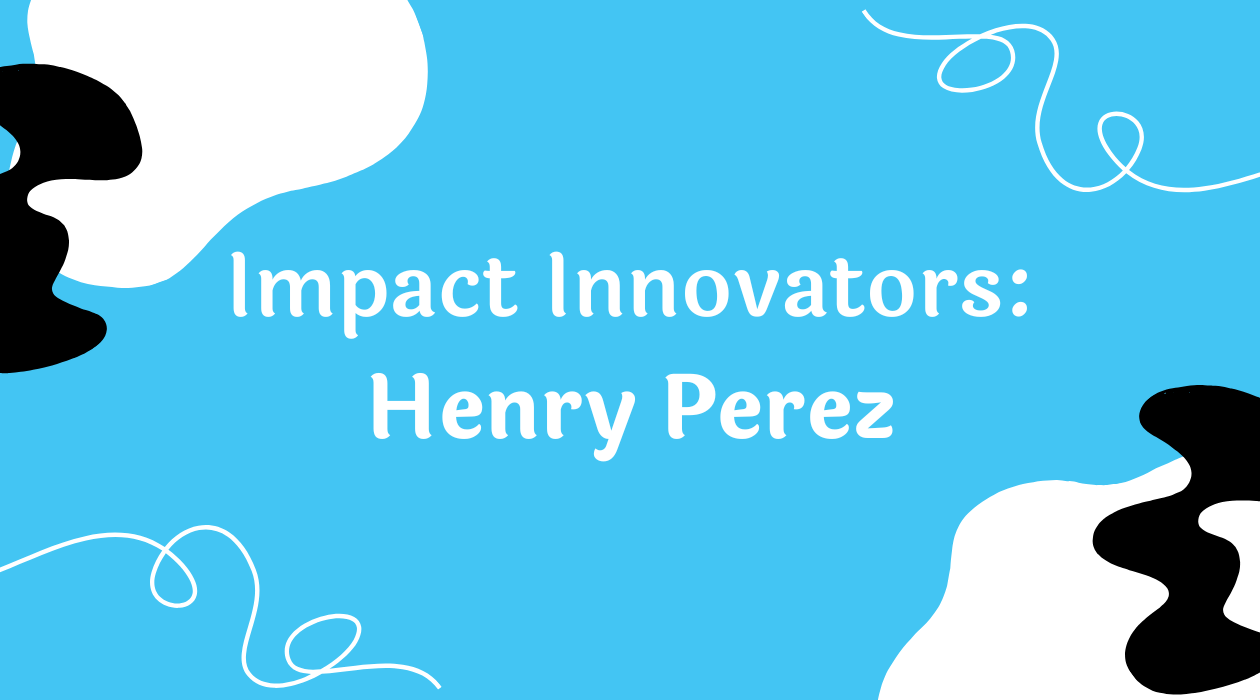With roots in the arts and a heart for justice, Kimberly Hurtarte is redefining what it means to...

Henry Perez on Grassroots Power, Long-Term Vision, and Building Infrastructure from Within
From Boyle Heights to the executive director’s seat, Henry Perez has spent nearly two decades organizing in East Los Angeles—and he's just getting started.
From Scholar to Organizer: A Leadership Journey Rooted in Community
Henry Perez’s journey to executive leadership wasn’t planned—it evolved. After studying education and critical race theory at UCLA, he paused his PhD ambitions to organize around educational justice. He never left.
“I fell in love with organizing and stuck with it,” he said.
He joined InnerCity Struggle in 2005 and moved through the ranks—from Parent Organizing Coordinator to Associate Director—before stepping into the Executive Director role in 2022. The organization, based in Boyle Heights, empowers Eastside youth and families to build civic power and shape public policy.
His long-term vision? A politically active, civically engaged Eastside with elected leaders who reflect the community’s values—and grassroots leaders who grow from the movement and return to strengthen it. “We’re organizing so our communities are at the table, not just knocking on the door.”
What’s Working: Relationships, Reflection, and Trust
Henry centers one thing above all: relationships. Internally, they’re the foundation of trust, honest communication, and staff support. Externally, they’re the engine of long-term organizing.
When staff face burnout or turnover, the team adapts. Appreciation, adjusted expectations, and open dialogue help the organization keep moving without losing people along the way.
Planning is also key. Every six months, the team pauses programming for a full evaluation and strategy reset. Post-pandemic, that process helped them pivot from policy meetings to healing-centered engagement like poetry and gardening workshops—meeting people where they are and then drawing them deeper into the work.
Growing Pains: Building the Infrastructure to Match the Mission
As the organization grew, Henry noticed a familiar trap: the impact was expanding, but the internal systems weren’t.
“We were still operating with a startup mindset,” he said.
The team stayed lean—just two staff covering HR and admin, and two more for fundraising. That model made it difficult to support a growing team, increasing budget, and deepening programs.
On top of that, short-term, restricted grants made long-term planning difficult. “We need more general operating support,” Henry said. “We need funders who will walk with us, not just fund the program and walk away.”
Growing People, Not Just Programs
Despite a small admin team, Henry invests heavily in professional development—connecting staff to external trainings, workshops, and tools through local partners and foundations. “Managing people is the hardest part,” he said. “And the most important.”
Consultants and coaches also help managers build the skills to lead effectively—especially when navigating conduct issues or unique support needs.
Practices That Ground the Work
Two core practices stand out: planning and partnership. Henry recommends regular planning cycles with staff input and leadership alignment. That shared process creates clarity and builds buy-in across the team.
He also values deep, strategic partnerships—including with service providers. Whether co-hosting a mobile clinic or collaborating on campaigns, trust grows when the community sees itself in the work. “The same people seeking services want a voice in shaping the future,” he said.
What the Sector’s Missing: Funding for Organizing
Less than 10% of philanthropy dollars support community organizing or systems change. Henry believes this is a major gap—and a missed opportunity.
“We’re building long-term power,” he said. “That deserves investment too.”
Final Reflections
For Henry, the work of organizing is about building a pipeline of leadership—where young people grow into power, and communities are trusted to shape their own future. “Our members don’t just want services. They want to lead.”
That’s why InnerCity Struggle invests in culture, in planning, and in people. Because when those elements are aligned, the real work—lasting, systemic change—is not only possible, it’s inevitable.
Want more stories like this?
The Impact Innovators series features real nonprofit leaders sharing what works, what doesn't, and what’s next. No fluff. Just honest stories for people building a better world. Subscribe or share to support this growing conversation.
- Read our latest blog post "Kimberly Hurtarte on Authentic Leadership and Purpose-Driven Partnership here.
- Want to hear more about our work? Subscribe to our newsletter here!




